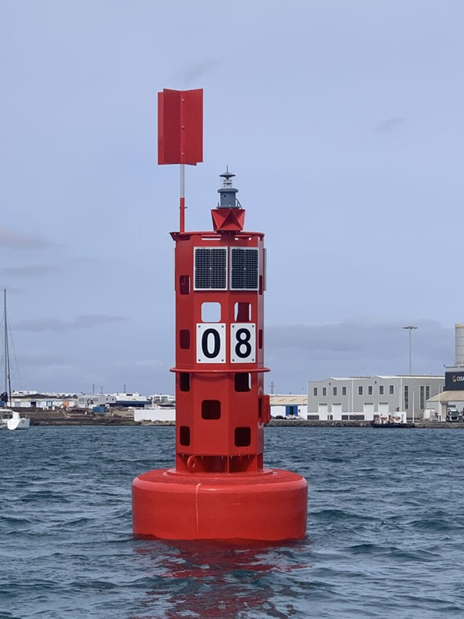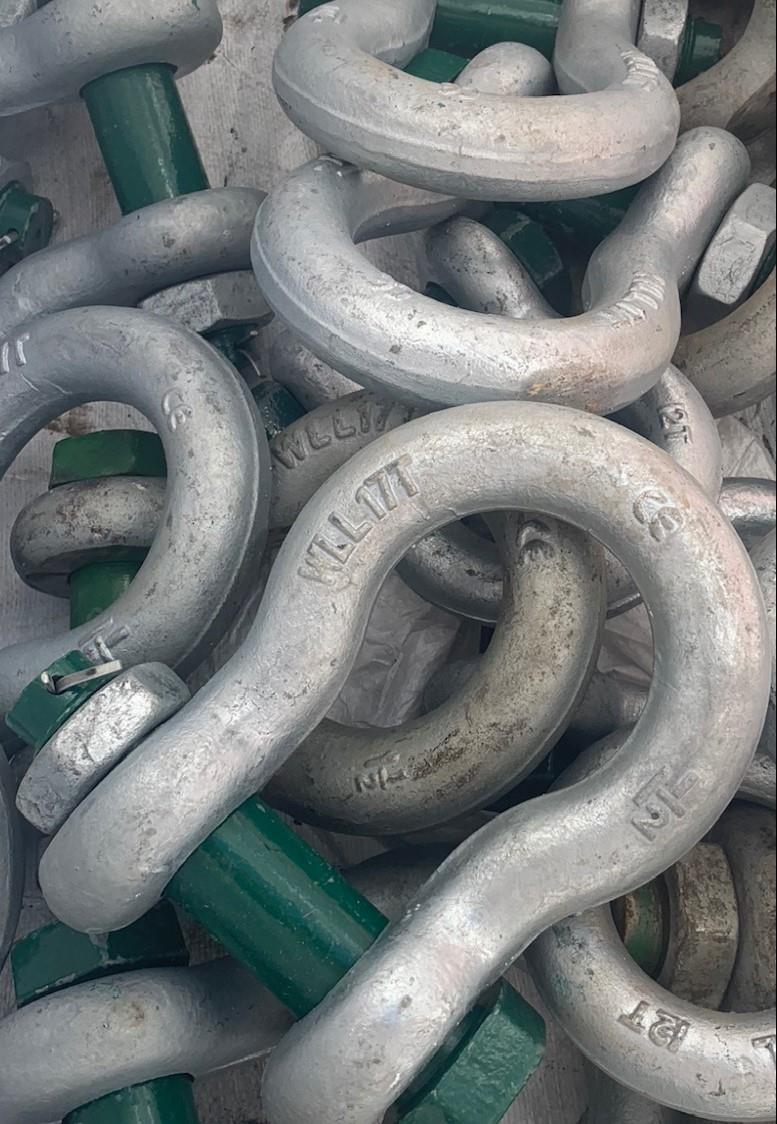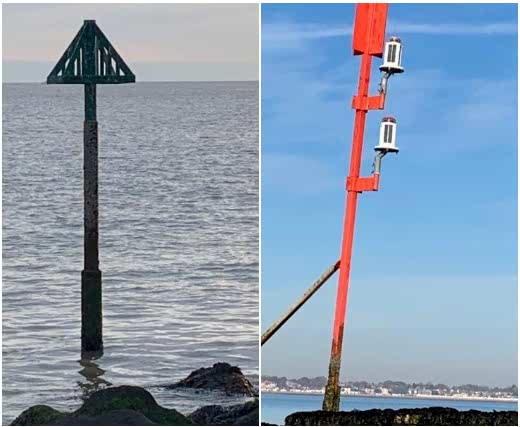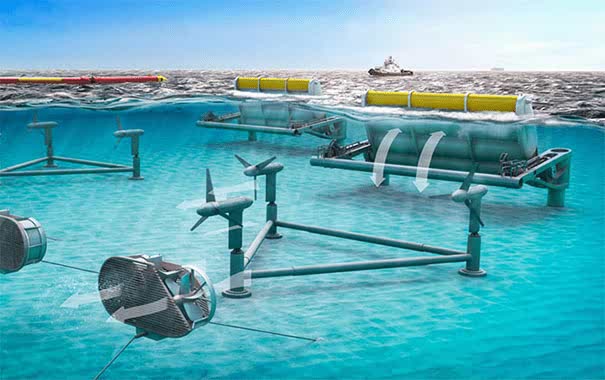Buoy Advice &
Recommendation
Navmoor Advice: when considering a new buoy, be sure to identify the correct IALA designation; Port, Starboard, Cardinal Mark etc. We can help you with this if you are unsure, by providing IALA compliant recommendations. Also consider the depth you intend to moor the buoy and what vessel you intend to install and maintain it. This often determines the total mass of the buoy, its moorings and weight of sinker which can be used. Alongside the above, you must of course consider the users of the buoy, leisure, commercial or both, and what average heights their bridge might be, from there on you’ll be able to determine what buoy suits your application and infrastructure best, as with everything Aids to Navigation, if you’re unsure please do get in touch, we’re here for you!
AIS can be especially useful in reduced visibility conditions such as fog, inclement weather, or large swells. In some instances, we can setup a virtual network of AIS targets from a single station; one buoy deployed with AIS hardware, displaying AIS on the whole channel, virtually and synthetically, as required.
Buoy Lanterns: what lantern you use is paramount to the success of any navigational aid, and when it comes to floating aids, vertical divergence is critical. We would not use anything less than 7° vertical divergence on a stable buoy platform, and for more harsh seas or smaller buoys we would be looking to increase that to 10° or more.







